The grass skirt, an iconic garment often associated with Polynesian culture, has roots that extend deep into the history of the Pacific Islands. While the exact origins are difficult to pinpoint, it is widely believed that the grass skirt emerged as a practical solution for the warm, tropical climates of the region.
The skirts were typically made from long strands of dried grass or palm fronds, which were woven together to form a flowing garment that allowed for ease of movement. Archaeological evidence suggests that the use of grass skirts dates back thousands of years, with some findings indicating their presence in ancient Hawaiian and Tahitian societies. These early skirts were not merely utilitarian; they also served as a canvas for artistic expression.
The vibrant colors and intricate designs reflected the wearer’s status, community, and cultural identity. As these societies evolved, so too did the significance of the grass skirt, transforming it from a simple garment into a symbol of cultural heritage and pride.
Key Takeaways
- Grass skirts have origins in the Pacific Islands, where they were traditionally made from natural materials like grass, leaves, and fibers.
- Grass skirts hold cultural significance as symbols of femininity, fertility, and traditional craftsmanship in many Pacific Island cultures.
- The designs of grass skirts have evolved over time, incorporating new materials, colors, and patterns to reflect changing cultural influences.
- Grass skirts are commonly worn in traditional ceremonies and festivals, such as weddings, funerals, and dance performances, to honor and celebrate cultural heritage.
- Grass skirts have influenced fashion and popular culture, with modern interpretations appearing in music, dance, and fashion shows around the world.
Cultural Significance of the Grass Skirt
The grass skirt holds profound cultural significance across various Pacific Islander communities. In many Polynesian cultures, it is more than just a piece of clothing; it embodies a connection to ancestry, tradition, and spirituality. For instance, in Hawaiian culture, the grass skirt is often associated with hula dancing, a revered art form that tells stories through movement and song.
The skirts worn by hula dancers are not only visually striking but also serve to enhance the performance, allowing for fluidity and grace as dancers express their cultural narratives. Moreover, the grass skirt is often linked to rituals and ceremonies that celebrate important life events such as births, marriages, and funerals. In these contexts, the skirts can symbolize fertility, growth, and the cyclical nature of life.
The act of wearing a grass skirt during such ceremonies reinforces communal bonds and serves as a reminder of shared heritage. This cultural significance extends beyond mere aesthetics; it encapsulates the values and beliefs of the community, making it an essential element of their identity.
Evolution of Grass Skirt Designs
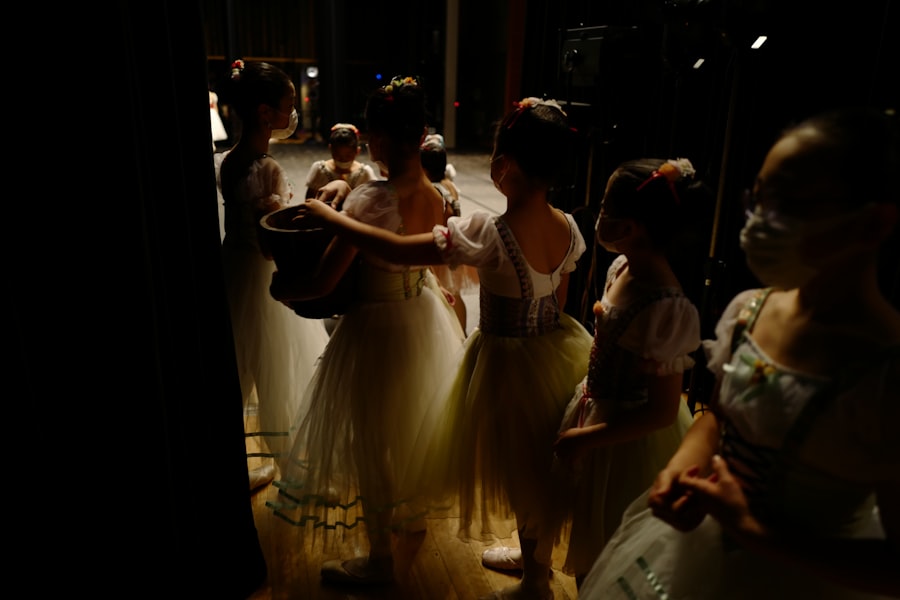
Over time, the designs of grass skirts have evolved significantly, reflecting changes in materials, techniques, and cultural influences. Initially crafted from simple strands of grass or palm fronds, contemporary grass skirts may incorporate a variety of materials such as synthetic fibers, feathers, and beads. This evolution has allowed for greater creativity in design while also enhancing durability and comfort.
For example, modern skirts may feature intricate patterns or embellishments that were not possible with traditional materials alone. The introduction of new technologies and globalization has also influenced grass skirt designs. As cultures interact and blend, elements from different traditions are often incorporated into the design process.
This fusion can be seen in the use of bright colors and patterns inspired by Western fashion trends. While some purists may argue that this dilutes the traditional essence of the grass skirt, others view it as a natural progression that honors both heritage and innovation. The adaptability of the grass skirt ensures its continued relevance in contemporary fashion while maintaining its roots in tradition.
Grass Skirts in Traditional Ceremonies and Festivals
| Country | Traditional Ceremony/Festival | Significance |
|---|---|---|
| Hawaii | Luau | Symbolizes celebration, hospitality, and unity |
| New Zealand | Hula Dance | Represents storytelling, history, and cultural identity |
| Tahiti | Ori Tahiti | Expresses Polynesian culture, mythology, and spirituality |
Grass skirts play a pivotal role in various traditional ceremonies and festivals throughout the Pacific Islands. In Hawaii, for instance, the Merrie Monarch Festival celebrates hula and Hawaiian culture through performances that prominently feature grass skirts. Dancers don these skirts as they perform traditional hula routines, showcasing their skills while honoring their ancestors.
The festival not only serves as a platform for artistic expression but also fosters a sense of community pride and cultural preservation. Similarly, in Tahiti, the Heiva festival is a vibrant celebration of Polynesian culture where grass skirts are central to many performances. During this event, dancers wear elaborately designed skirts that reflect their regional identity and heritage.
The rhythmic movements combined with the flowing skirts create a visual spectacle that captivates audiences while reinforcing cultural narratives. These festivals serve as vital spaces for cultural exchange and education, allowing younger generations to connect with their roots while sharing their traditions with visitors from around the world.
Influence of Grass Skirts in Fashion and Popular Culture
The influence of grass skirts extends beyond traditional contexts into the realms of fashion and popular culture. Designers have drawn inspiration from this iconic garment to create contemporary pieces that celebrate its aesthetic while reinterpreting its meaning. High-fashion runways have seen models adorned in modern takes on grass skirts, often blending traditional elements with avant-garde styles.
This fusion not only highlights the versatility of the grass skirt but also elevates its status within global fashion narratives. In popular culture, grass skirts have become synonymous with tropical imagery and leisure activities. They are often featured in movies, music videos, and advertisements that evoke a sense of paradise or escapism.
For example, films set in tropical locales frequently depict characters wearing grass skirts during beach parties or luaus, reinforcing stereotypes about island life while simultaneously celebrating its vibrancy. This representation can lead to both appreciation and appropriation; while it brings visibility to Polynesian culture, it can also risk oversimplifying or misrepresenting its complexities.
Materials and Techniques Used in Making Grass Skirts
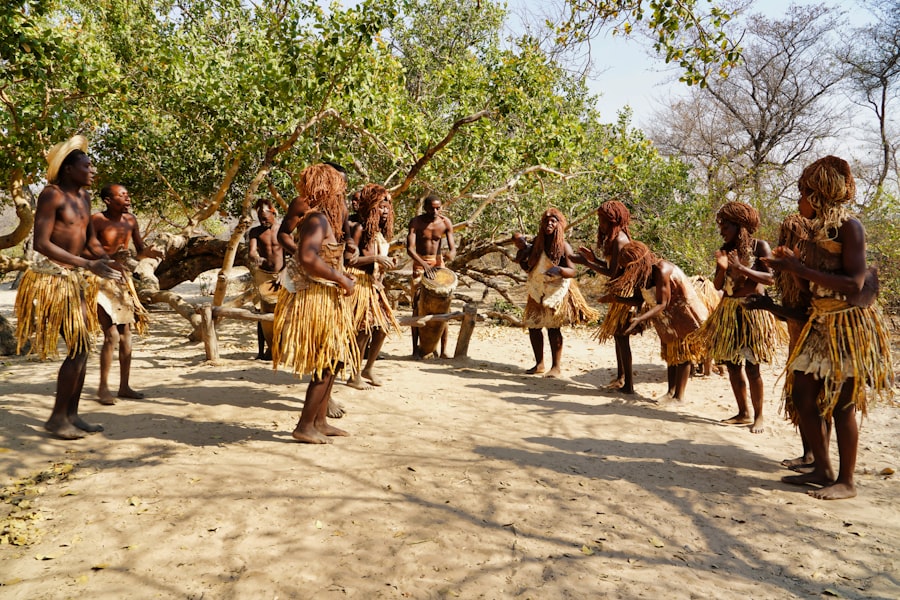
The craftsmanship involved in creating traditional grass skirts is a testament to the skills passed down through generations. Artisans typically begin by selecting appropriate materials—dried grasses or palm fronds are common choices due to their availability and flexibility. The process involves harvesting these materials at specific times to ensure optimal quality; for instance, certain grasses may be more pliable when harvested during particular seasons.
Once gathered, the grasses are cleaned and prepared for weaving. Techniques vary by region but often involve braiding or knotting strands together to create a sturdy yet flowing garment. Some artisans incorporate additional elements such as shells or beads to enhance the visual appeal of the skirt.
This meticulous attention to detail not only results in beautiful garments but also reflects the cultural significance embedded in each piece. The making of a grass skirt is often a communal activity, fostering connections among artisans while preserving traditional knowledge.
Symbolism and Meaning Behind Grass Skirts
The symbolism associated with grass skirts is rich and multifaceted. In many Polynesian cultures, these garments represent femininity and fertility, embodying the nurturing aspects of life. The flowing nature of the skirt is often likened to the movement of water—an essential element in island life—symbolizing abundance and growth.
In this context, wearing a grass skirt can be seen as an expression of reverence for nature and its cycles. Additionally, grass skirts can signify social status within communities. The intricacy of design and choice of materials often reflect the wearer’s position or role within society.
For instance, during ceremonial occasions, more elaborate skirts may be reserved for high-ranking individuals or those performing significant roles in rituals. This aspect underscores how clothing can serve as a visual language that communicates identity and belonging within a cultural framework.
Preservation and Revival of Grass Skirt Traditions
In recent years, there has been a concerted effort to preserve and revive traditional grass skirt-making practices among Pacific Islander communities. As globalization threatens to dilute cultural identities, initiatives aimed at safeguarding these traditions have gained momentum. Workshops and educational programs are being established to teach younger generations about the techniques involved in crafting grass skirts, ensuring that this knowledge is not lost.
Moreover, cultural festivals play a crucial role in this revival process by providing platforms for showcasing traditional garments alongside contemporary interpretations. These events foster pride in cultural heritage while encouraging dialogue about identity in a modern context. By embracing both tradition and innovation, communities are finding ways to keep the spirit of the grass skirt alive while adapting it to contemporary realities.
This dynamic interplay between preservation and evolution ensures that the grass skirt remains a vibrant symbol of cultural identity for generations to come.
If you’re interested in learning more about the cultural significance of grass skirts, you may want to check out this article on harnessing technology resources. This comprehensive guide explores how technology can be utilized to preserve and promote traditional practices, such as the art of making grass skirts. By leveraging technology, communities can ensure that their cultural heritage is passed down to future generations in a meaningful and sustainable way.
FAQs
What is a grass skirt?
A grass skirt is a type of skirt made from the leaves of various plants, such as grasses, reeds, or palm fronds. It is often associated with traditional Polynesian and Hawaiian culture.
How is a grass skirt made?
Grass skirts are typically made by weaving together the leaves or fronds of plants to create a flexible and flowing garment. The process of making a grass skirt varies depending on the specific cultural traditions and materials used.
What is the cultural significance of grass skirts?
In many Polynesian and Hawaiian cultures, grass skirts are worn as traditional attire for ceremonial and celebratory events, such as hula dancing, festivals, and weddings. They are also often used in performances to showcase the unique cultural heritage of these regions.
Are grass skirts still worn today?
Grass skirts continue to be worn in traditional cultural events and performances in Polynesian and Hawaiian communities. They are also popular as costume attire for themed parties, luaus, and other festive occasions.
Can anyone wear a grass skirt?
While grass skirts are traditionally worn by individuals from specific cultural backgrounds, they are also widely available for purchase as costume attire. Anyone can wear a grass skirt as a form of cultural appreciation or for festive occasions.










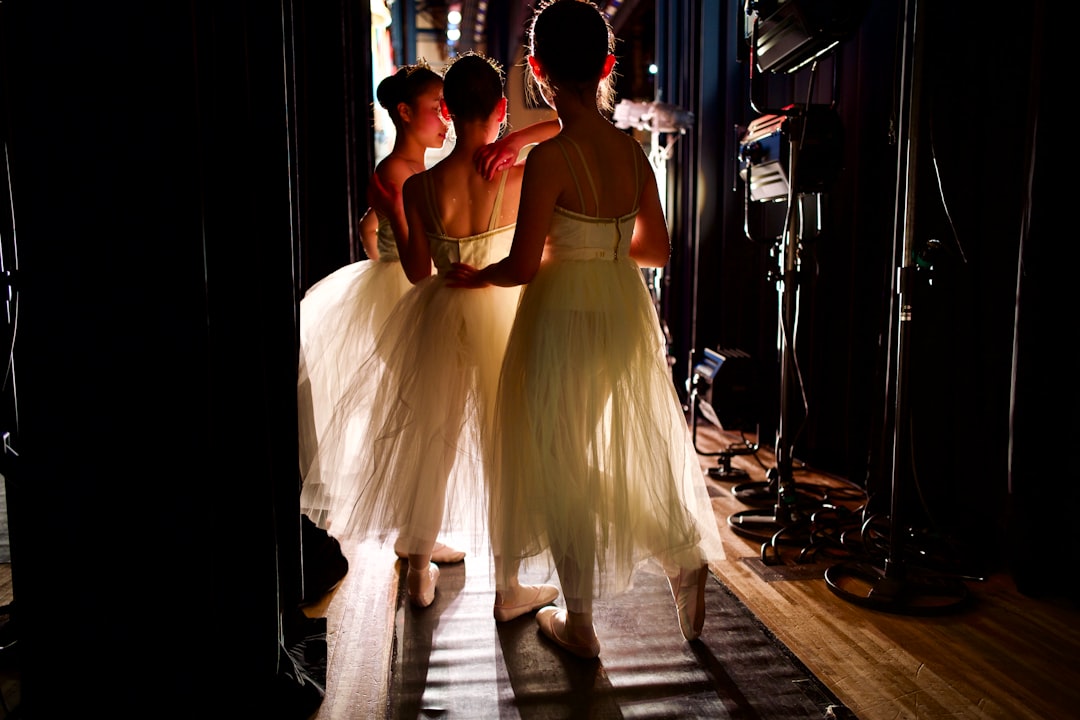
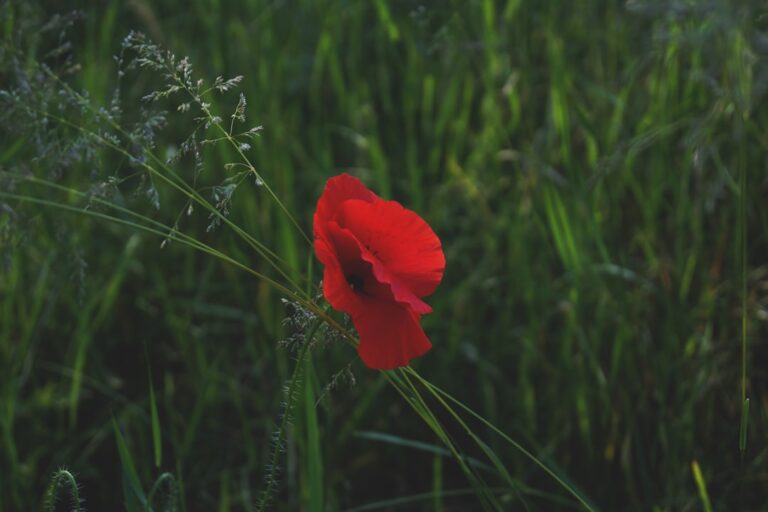




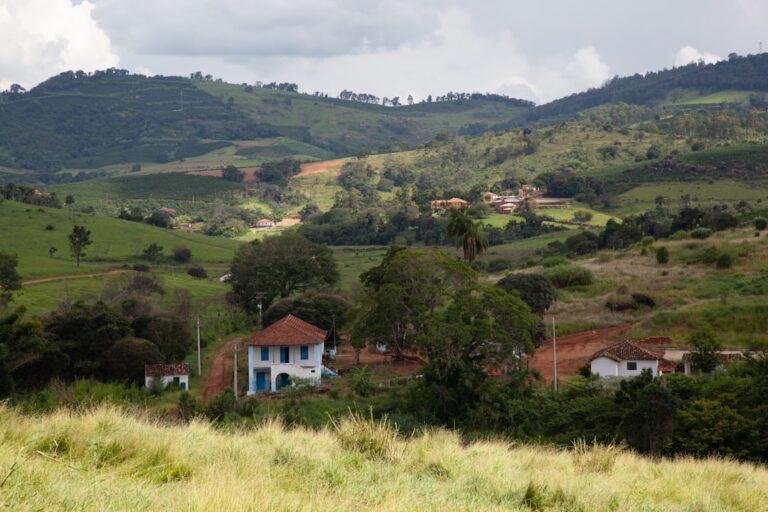





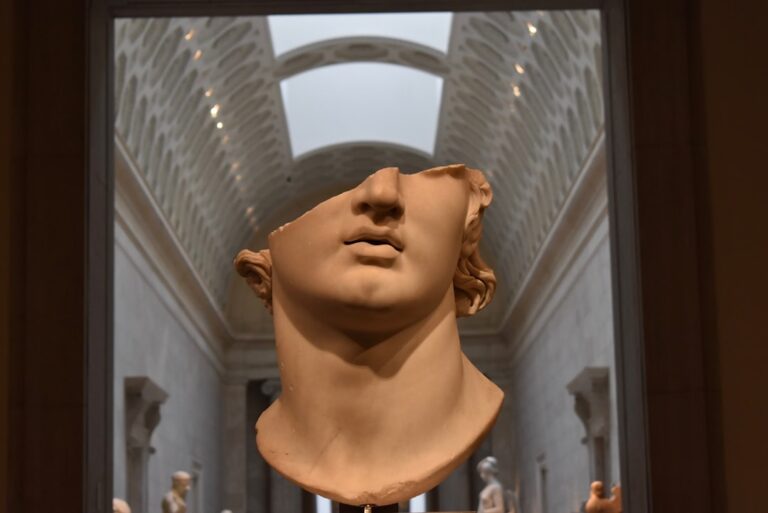
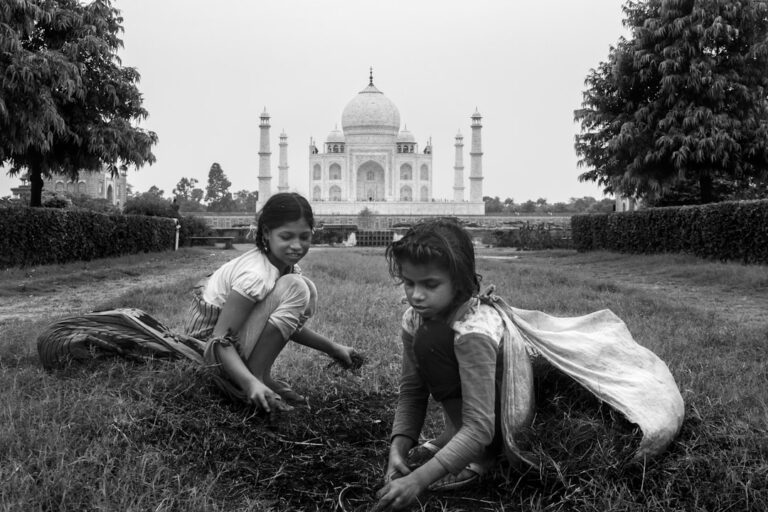
+ There are no comments
Add yours